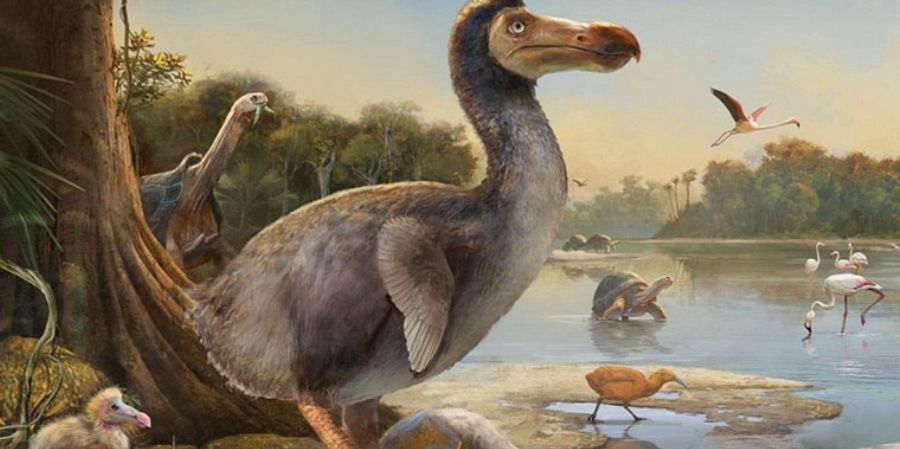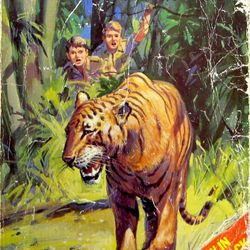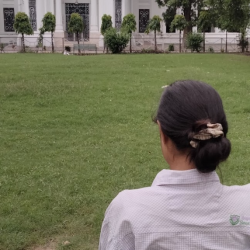

Hi guys…welcome back!
You all might have heard the story of DODO bird a countless times since when you were a kid. The story of a gigantic flightless bird and a tree who depended on each other for survival. The dodo bird and the Calvaria tree(dodo tree) lived long in harmony in the island of Mauritius once. But the tragedy happened then, when the sailors anchored on the shore of Island and ate dodos one by one when they lacked food. The kids' story ended there as if no living beings on the earth can enjoy 'lived happily ever after' concept of fate.
Several phrases such as 'dumb dodo' and ‘as dead as a dodo’ are used widely related to this story.
One can say, it was to bring emotions like compassion, empathy and kindness that this story been told over and over again without skipping any generation. But, As Adults, Do You Know The Real Story Behind Dodo's Extinction? If not.... Then this is the right place for u to know which.
This 3 ft 3 inch tall bird is now only seen in drawings, paintings and present-day stories and movies(Alice in Wonderland). Their main habitat might have been the woods of the island. It's widely known that these birds became flightless because of the ready availability of food resources and the absence of predators on the island. Also, their appearance is considered as well-adapted for the island's ecosystem.
Dutch sailors anchored on the island of Mauritius in 1598 were the first to mention the bird in their records. Since their arrival, the endangerment of the species began and by 1662 the whole race of dodo disappeared from the earth. Its extinction didn't get much recognition at that time. In the later periods, its extinction within less than a century of its discovery got attention along with the matter of human involvement in its extinction.
The fearlessness dodos showed towards the sailors and its inability to fly made it an easy prey. It's true that sailors did kill and eat dodos when they lacked food on the island. But, it would be foolish to say that the entire species became extinct alone because of the human hunt, since the human population of the island in 17th century never exceeded 50 numbers. The introduction of new animals like cats, rats, dogs, pigs and crab-eating macaques to the island along with sailors might have caused disruption in the ecology of dodos on the island. These animals plundered dodo nests and competed for the limited food resources they had, says historians. The destruction of its forest habitat by humans also enhanced the process further. The impact of pigs and macaques on dodos is considered more severe than that of hunting nowadays. There is also a possibility that dodos might have already been rare before the arrival of humans on the island. However, the fact that dodo survived hundreds of years of volcanic activity and climatic variations on the island puts the above considered fact in a big question mark.
Even though there were some controversy throughout history about the year of Dodo's extinction, the IUCN Red List accepted the year 1662 as its official extinction year.
Thanks for reading and also your support on the previous blogs.




















